Engineering Explained: The 7 Golden Rules For Making A Popular YouTube Channel
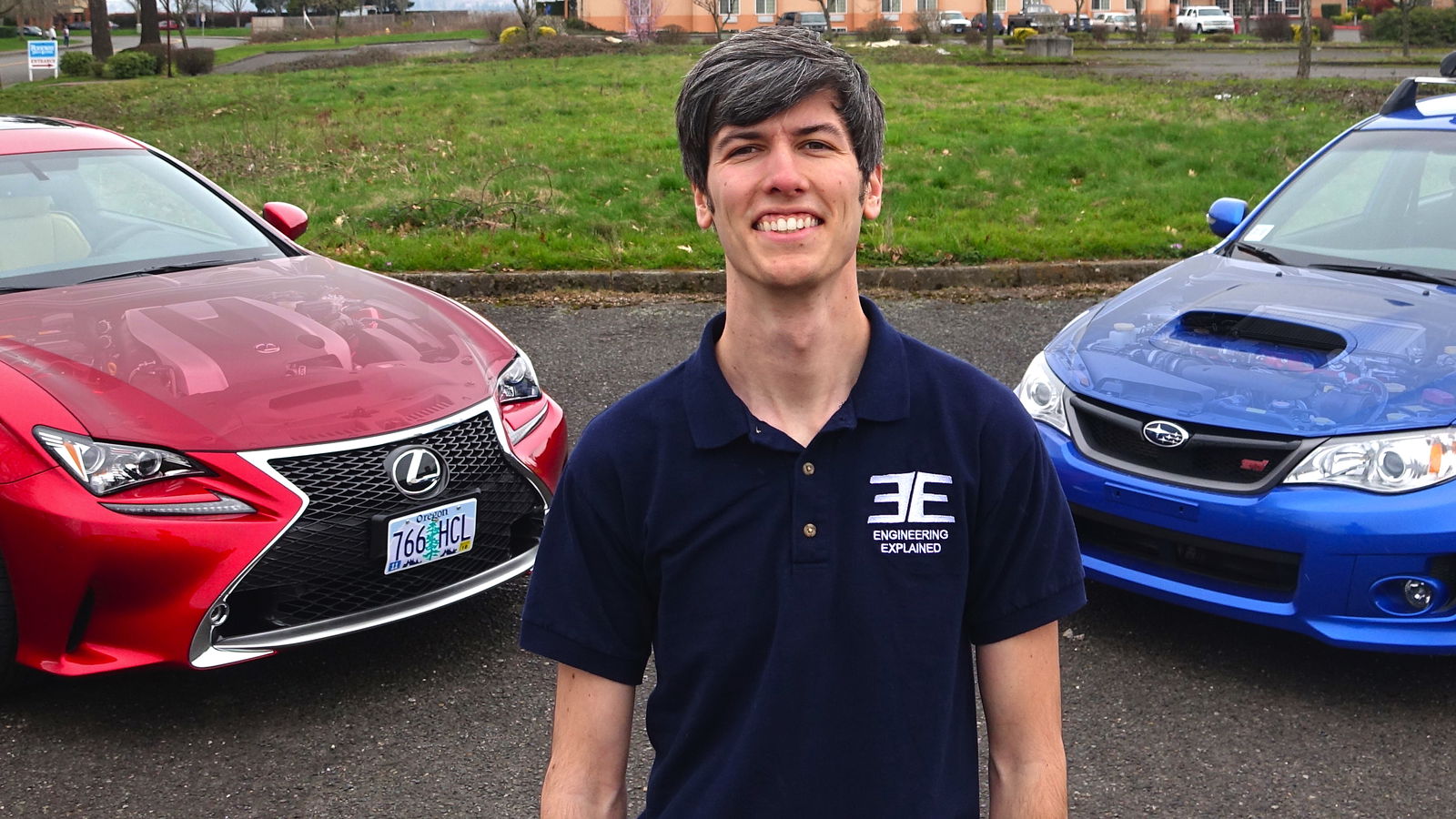
“Wait, what?! How does that work?” Before I go on let me clarify that for my Pacific Northwesterners (I moved from North Carolina to Oregon) asking what I do can be answered adequately by expressing my personal interests. Simply stating “I enjoy backpacking, skiing, and rock climbing” is often enough to satiate their interest in who I am. But for those who are curious about how I can afford gas for my car and pizza for my freezer, the answer is more complicated.
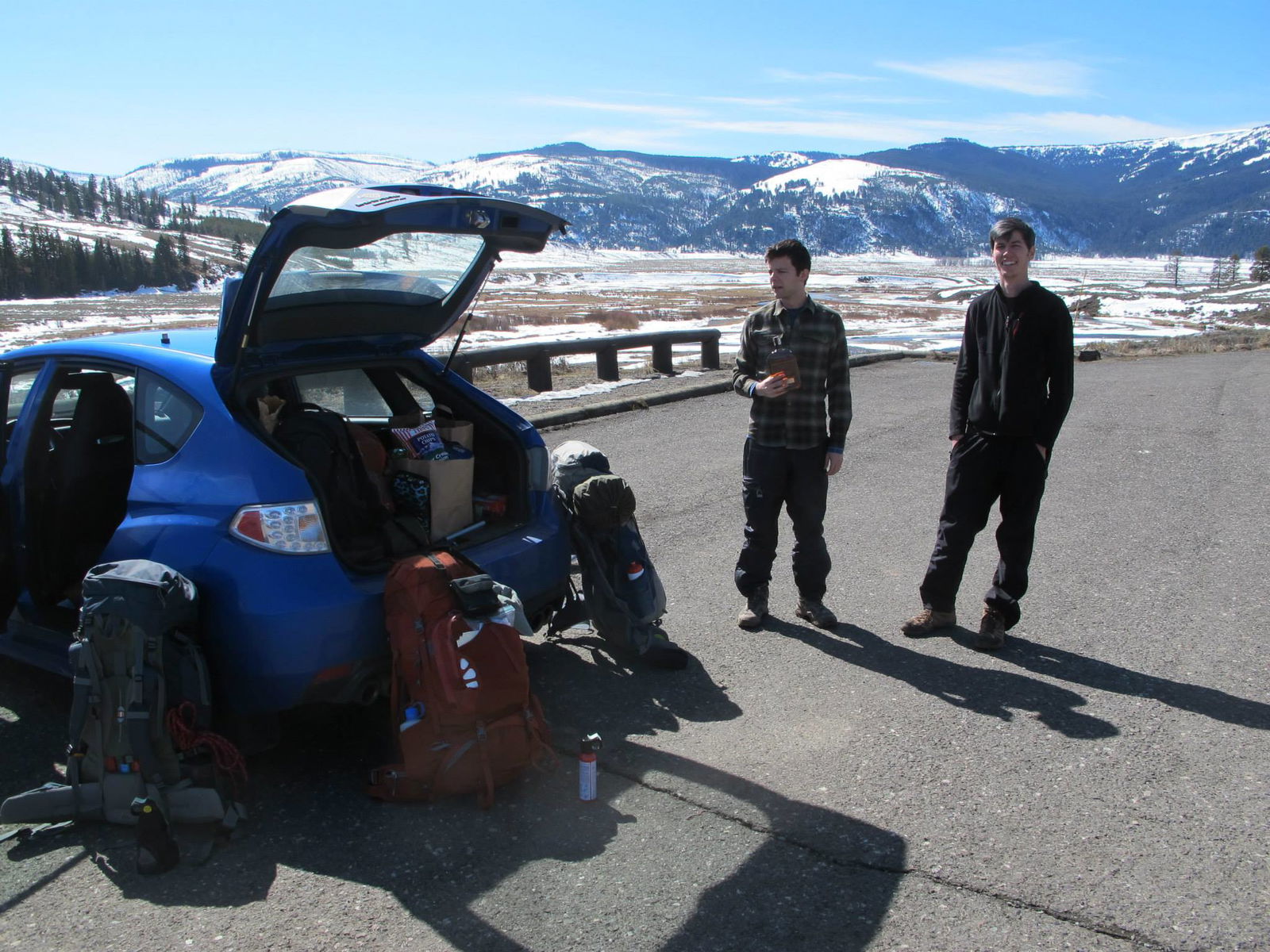
So how did all of this get started? While I was still in college I wasn’t keen on extracurriculars. You know, the boring stuff you’re supposed to fill your free time with so that you have a higher probability of getting a job once you’re handed that sheet of paper from four years of challenging work? In fact, my resume was so pitiful (aside from the letter ‘A occasionally on it) that I barely managed to obtain an internship at all. The summer before my senior year began, I gratefully accepted a low paying engineering internship in the public sector of North Carolina. That’s where Engineering Explained was born.

I’m not sure if this is universal or not, but I literally had nothing to do at my internship. The first day my boss told me that I could read some government papers while he made phone calls; oh, and also that it was impossible for me to get fired. I’m not sure why that had to be stated the first day, but it was. Maybe because my boss knew that if he didn’t inform me of this, I would be fearful of getting fired from having accomplished nothing on a daily basis.
Playing online chess and Angry Birds with the other intern while getting paid on taxpayers’ dollars surprisingly became quite dull. Since my resume was already pitiful, adding to it that I interned in the public sector but accomplished nothing didn’t really sound like much of a boost. I occasionally read Marshall Brain’s ‘How Stuff Works’ (a fellow NC State grad) while on the job as it was part of my homework for a Spanish class I was taking (I would translate a few words; simple stuff). Explaining how stuff works was always something I enjoyed doing, but not something I’d ever really done publicly. I decided to make a YouTube channel where I would explain engineering: Engineering Explained. Brilliant name, no?

While at work as an intern, I spent my time researching various topics to make videos on. I’d learn exactly how something works while on the job, and then go home and shoot a quick video explaining what I discovered. This is why in my earliest videos you’ll see me either wearing a button down or an undershirt; both were part of my public servant outfit. Initially I wasn’t planning to have the channel solely about cars. If someone requested a random topic, I’d make a video on it. Anything my small audience desired (fewer than 100 people). Scuba regulators, jet skis, jet engines, anything was fair game so long as it was engineering related. Eventually, my personal interests took over and now it’s solely based on cars.
Here’s the very first video I ever made for Engineering Explained, complete with poor lighting, a cheap camera, and terrible audio quality. Hopefully today’s videos appear a tad more viewable; try not to cringe:
Though none of this really explains what I do on a daily basis today, it’s all quite similar to what I was doing as an intern (just with a lot more e-mailing). My process for ‘explained’ type videos is pretty straight forward:
1. Choose A Topic
This process is probably far less viewer-driven than subscribers would like. While I do certainly listen to comments and take into consideration suggestions for videos, ultimately there are thousands of suggestions and one of me. Usually video topics come from one of two sources. Something peaks my interest and so I decide to look into making a video on it, or a company reaches out with something that sounds super interesting and exclusive so I decide to collaborate.
There are also car reviews, which is another subject perhaps for future discussion. There are of course sponsored videos as well. This is a dangerous thing to balance. On one hand, it’s very nice to get real income from a video, rather than the petite CPM YouTube can offer. On the other, you better make sure the video is worth watching. I haven’t found this to be too challenging, as I’m very upfront with clients when it comes to sponsored opportunities. My simple policy is this: if at the end of the video the viewer hasn’t learned anything, I won’t be making a video on it. I reject plenty of collaborative and sponsored ideas simply because it’s annoying fluff that no one wants to watch.
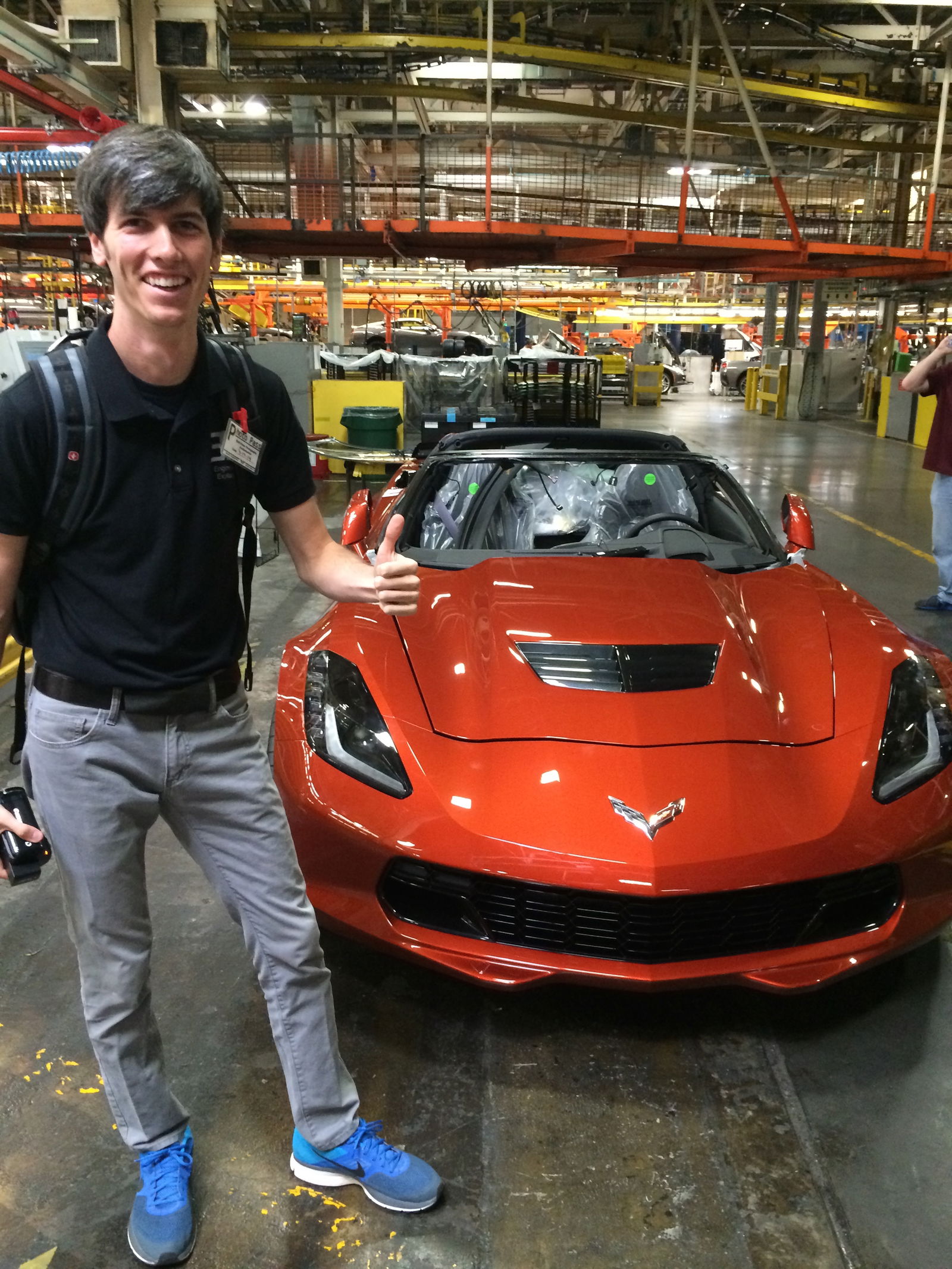
2. Research The Topic
Perhaps one of the most time consuming parts of my job is the research. People often ask where I get my information from, as if there’s a single source that just shares all this accurate information. The truth is I’m yet to find it (and I think that’s why my channel has its place). I’m never satisfied with one source, so I research a topic until I’ve found 20 websites (slight exaggeration, sometimes) that all say the same thing and it starts to become believable to me. Ultimately, my goal is to be able to present the information in a logical manner so that you don’t feel like you’ve been given false information at the end. If the explanation is thorough enough, you won’t feel like you have to ask for sources. This all comes down to bringing it back to something that we can all universally agree on (2+2 = 4, for example). All humans make mistakes, myself included. If I do film a video with some false information, I typically try to address this with a video annotation and additional information in the video description to clarify my mistakes.
3. Film The Topic
The whiteboard! Everyone suggests animations, but what do teachers teach with? Animations are great, but they’re also expensive and incredibly time consuming. White boards are so simple and fast. So I draw my sad sketches of car-like things, set up a few lights so that you can see everything, and press the record button on my camera. For filming, I use a Sony AX100, mainly because I’m an amateur and it’s fairly idiot proof. I also have a pair of GoPros for car reviews (arguably the best cameras for your dollar spent). This part is fairly quick assuming I don’t stutter my way through the filming.
Below is a picture of my office, where I spend 90 per cent of my time. I’m either a lot like you, or a lot messier.
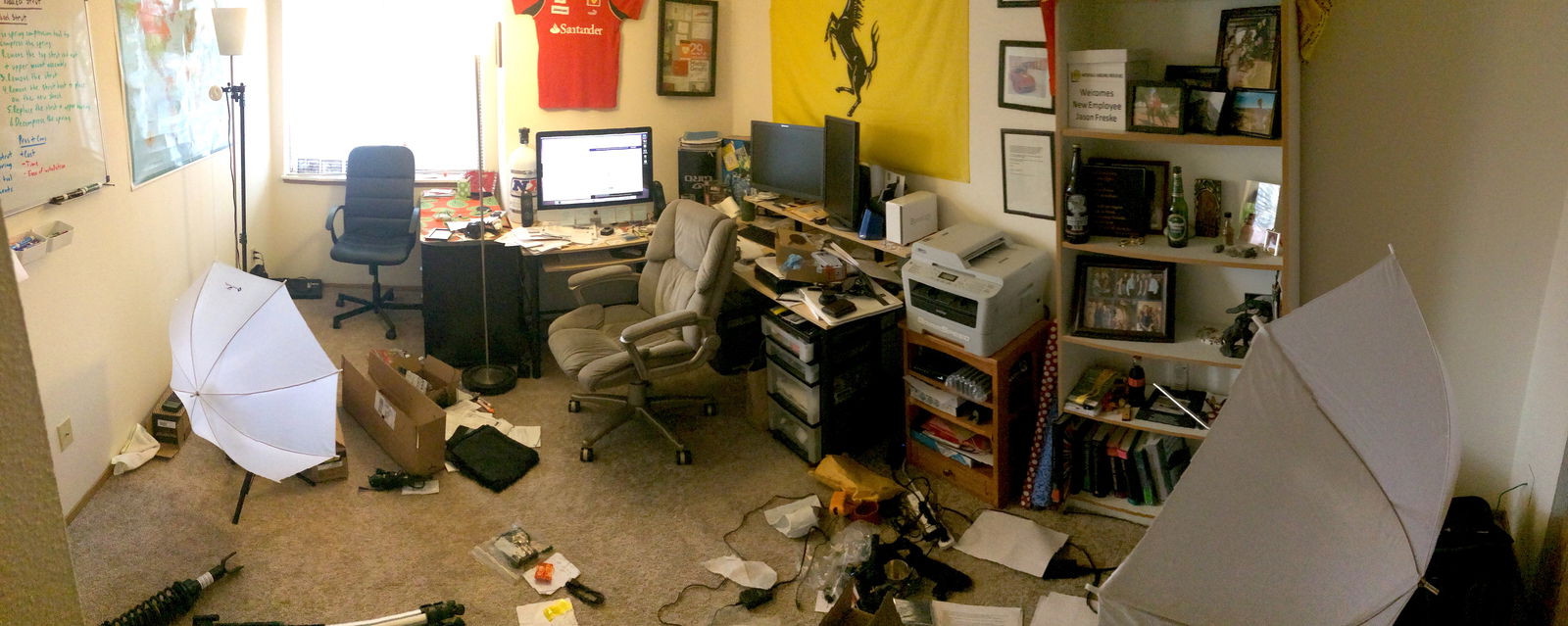
4. Edit The Video
I use Final Cut Pro X. I don’t do anything fancy, and it doesn’t take all that much time. Explanatory videos can be edited in 30 minutes or less, while car reviews take a few hours. I started editing videos with Pinnacle Studio 9 back in 2005. It was terrible.
5. Upload The Video
This part is highly important and unbelievably boring. You must create a title, a video description, and a thumbnail for the video. Using Google Analytics to determine what all of you (yes, you) are trying to learn about, what words you use to learn about these things, the value of these words, and how many people are competing in the market for these words is a full time job for many folks. I spend maybe five minutes for each video doing my best to optimize the wording. The thumbnail is also incredibly important. You’ll notice videos with breasts as the thumbnail will have millions of views (you know you clicked it), while the biological wiring of your brain is far less interested in my sketch of a torque converter.
People often ask why I bother to upload videos with imperial units, rather than metric, especially as an engineer. The graphic below helps me explain why. As foolish as the imperial system is, it’s always important to know who your audience is.
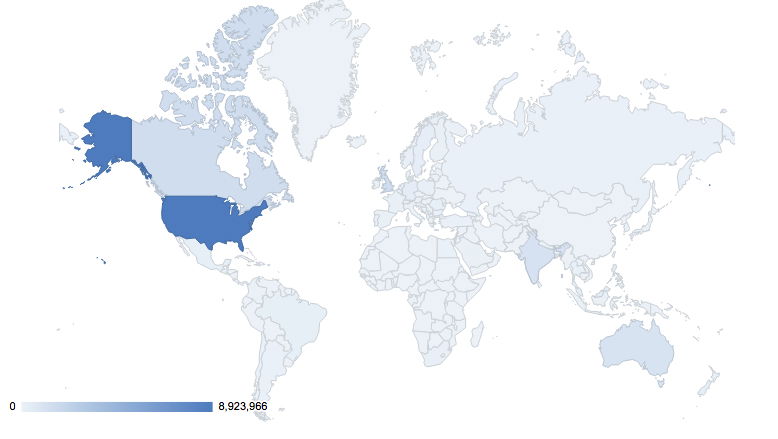
6. Try To Win The Internet
Even though this relates back to #5, it gets me excited. Ultimately it’s about trying to get views. The most important thing is obviously the content itself, but it’s also important how you market the content. So you share things on Facebook, Twitter, blogs, everyone knows the basic stuff. But there are many little tricks which are powerful for building an audience.
Engineers love short cuts. If there’s a way to speed up a process (in this case, gaining subscribers and views), our goal is to find it and implement it (and hopefully do this before everyone else does). One of my favorite examples from when I was first getting started is video responses. YouTube no longer does this, but you used to be able to post your own video as a video response to another. The idea was simple, though not that many people made use of it initially. If I made a video on clutches, I’d simply find the most popular video on YouTube about clutches and then post my video as a video response. Then after viewers watched the other video, they’d scroll down and before reaching the comments they’d see my video. A few of them would click it. A small percentage of a video that’s getting millions of views is still a lot. With time this ‘trick’ grew in popularity and it became pretty competitive. Then YouTube trashed it all together.
There are still plenty of ways to build a great audience (Car Throttle is very good at it). A simple example which is relevant today is Facebook videos. Default for a video uploaded to Facebook is to play automatically, even if you’re scrolling down the page. In many ways, this default ‘play’ is equivalent to a click. If you consider that your mouse doesn’t click on every post on your Facebook news feed automatically, you can start to see why this is so powerful. Facebook video views mean clicks. Clicks mean people are interested in at least learning more (enough to click). Perceived interest is higher, so Facebook shares the post more. More people see it, so more people ‘click’ it (even if they don’t). The cycle continues and as a result you have a lot of people viewing your Facebook page. Basically, sharing a video on Facebook is a very good way of building brand awareness and attracting an audience. So why don’t I upload all of my videos to Facebook!? Because they don’t pay me anything. That was easy. This is my job, after all.
Below is a visualization of my Facebook page growth over the year 2014: over 1100 per cent growth in one year.

7. Respond To Comments
Whether or not it’s a worthwhile use of my time in terms of growth and engagement, the reason I respond to comments is because I enjoy it. Even if my girlfriend thinks Tesla and Elon Musk are awesome (I know, I did well!), she doesn’t want me babbling about cars all day. Engineering Explained subscribers are a community of car lovers and engineering lovers, and those are two things I could talk about endlessly. So I do… in the comments.
So there’s a glimpse into my life. Unfortunately it’s not as easy as I make it out to be in this year’s April Fools special:
Comments